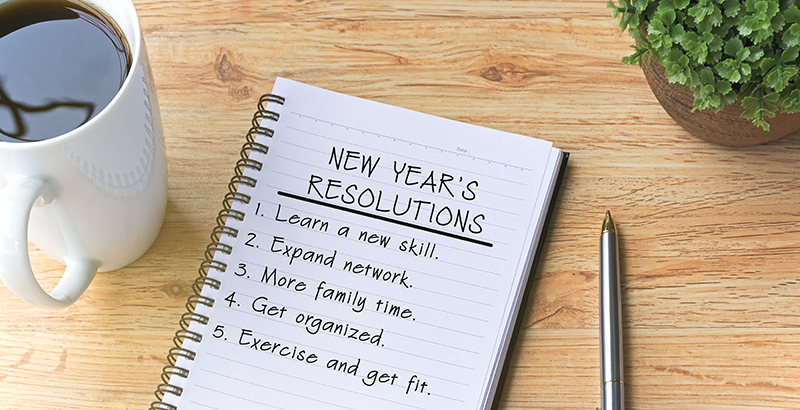Opinion: Honesty (With Yourself) Is the Best Policy: 4 Steps to Help Schools Reach Their Academic Goals for Their Students

It is now April, and for many of us, the resolutions we set in January are starting to feel more like a memory than the habits we hoped they would be. Why is that? I think it is a combination of two factors: 1) We were not honest about our expectations — we shot too high or too low and didn’t take into account what we could honestly do. 2) We focused on the wrong issue. For example, we wanted to lose weight but tried to increase our exercise rather than fix our diet. Right intention, but the solution didn’t quite work because we didn’t fully understand the problem.
This happens in education, too. Perhaps a teacher knows her students need help with reading and increases the amount of time spent on those skills but doesn’t provide new strategies; the increased time doesn’t have the desired effect. Or a district worried about closing the achievement gap finds software that is proven to increase student test scores, but doesn’t train teachers on how it aligns with other efforts and strategies. Again, good intentions, but neither the district nor the teacher fully understood the problem.
And so, frustration sets in. You have spent countless hours trying to solve the wrong problem. By the time you look up, totally exhausted, you wonder why you didn’t make the progress you had hoped for.
Being honest about expectations is essential. If you’re not, you won’t realize when your goals are too broad, and it’s hard to take the right actions.
I use similar logic to manage the health of my business. I use a model that focuses on short sprints that take me through a series of milestones and allow me to be nimble in how I accomplish my goals. I try to approach these milestones in three-week sprints, with one week of recovery. A sprint is a focused amount of time getting stuff done based on a clear plan of action. The recovery is time to reflect on what went well, where I struggled, and what I need to do to improve. For each sprint, I aim to get through the process of: Honest, Exact, Experiment, Try.
Here’s what I look to achieve throughout each step:
● Honest: We can’t make change without being honest with ourselves and our teams. We have to be clear about what we are really doing and how often. We usually think we are doing more than we really are, especially if we can’t provide concrete metrics. For schools and districts, this involves knowing what success means in the long term — but for this to work, there must be milestones along the way.
● Exact: Be precise about what you want to achieve. This will allow you to really understand not only whether your goals are achievable but also how to get there. Becoming more precise about goals often starts with developing a common vocabulary and common referential knowledge.
● Experiment: Set up a series of exercises that train the brain. It might be handing out blank pieces of paper and asking each teacher to draw how a student might ideally experience a classroom. Then, each teacher might draw his or her current classroom and consider how it differs from the ideal. Finally, each teacher might detail steps to evolve the current classroom into the ideal classroom. I talk about these steps as: 1) opening the mind to undo perceived constraints, 2) empathizing with the people you are designing for, and 3) developing immediate action steps.
● Try: Implement these steps in real-world conditions, get feedback, and continue evolving the work by tweaking the experiments, sharing information, and anticipating undermotivation. It’s easy to be slow and get caught up in the first three steps, but it really doesn’t matter until you try and see if it works. That’s why it’s important to focus on the smaller action steps that you can put into place immediately.
In education, we often see problems like growing achievement gaps between subgroups, and despite heroic and exhausting efforts to implement new programs, products, and teams, we frequently don’t get different results. The challenge is not rooted in a lack of effort, but rather based on ineffective ways of teams working together. The solution: thinking about new approaches to planning (including being honest and exact), new ways to structure teams and decision-making, and how to move an organization to a place where experimentation and “trying” are the norm, not something you have to get permission to do.
Think of the shape of a boat or an airplane. We know from physical science that the shape of the vessel is as important as the effort of its engine; that is, how a vessel navigates through water or air to its destination depends in large measure on its shape. In essence, every organization is a vessel that needs to be shaped. Using this process of sprints and recovery is a great way to establish the shape that suits your unique needs and will allow you to accomplish your goals in a more practical time frame.
Anthony Kim is CEO of Education Elements and author of The NEW School Rules.
Get stories like these delivered straight to your inbox. Sign up for The 74 Newsletter

;)